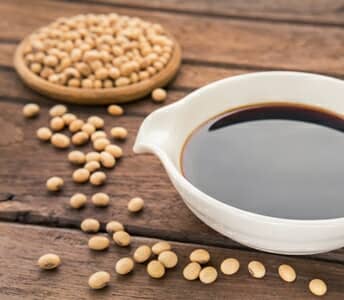
If there’s a single food that generates more question, and controversy, than any other food it’s soy. Years ago, I was part of the choir singing the praises of soy as a “miracle food.” At the time, the research looked promising, and it seemed as if we had an authentic vegetable protein panacea. Tofu and soy milk products were the rage.
But times have changed, and when it comes to soy these days there are a lot of questions and confusion. Positive, negative, and inconclusive scientific studies abound, and the picture is murky at best. Even more confusing, there are really two categories of soy products—unfermented and fermented—and their differences are significant.
When it comes to regular soy, less is more. Soy foods originally became popular since they were said to protect your heart, but the American Heart Association now believes that soy offers no independent benefit when it comes to cardiovascular risk.
Plus, there is some debate about whether the isoflavones in soy protect against, or lead to, breast or endometrial (uterine) disease in women. Unfermented soy may also lower testosterone levels in men and the belief that the isoflavones in soy could slow the progression of prostate cancer is yet to be confirmed.
Fermented soy, on the other hand, shows greater benefits. In Asia, traditional fermented soy foods, such as natto, miso, and tempeh, are considered to have enormous health benefits when consumed in moderate amounts—far more than the super-processed soy products now consumed in the West.
Studies of Japanese people who eat fermented miso have shown that they have far less cancer and heart disease. Plus, natto has a powerful protective effect against osteoporosis because of its high vitamin K2 content.
Vitamin K2 helps move calcium into the bones and, at the same time, protects the cardiovascular system by helping to keep calcium out of arterial walls. (Note: The vitamin K in natto is a natural clotting agent. If you are taking Coumadin (warfarin) or another blood-thinning product, you should eat natto with caution, consuming no more than one small serving per week. Additionally, I do not recommend that you take nattokinase, a supplement derived from natto, if you are on blood-thinners.)
What’s the bottom line for you? I recommend that you can eat soy two or three times a week if you enjoy the taste, but don’t make it a daily habit (this limit applies to women and men, and to both unfermented and fermented products). I also recommend that people change their soy habit to focus primarily on fermented foods. I enjoy a good dish of silken tofu and spinach from time to time, but miso soup is still my favorite Japanese food.


